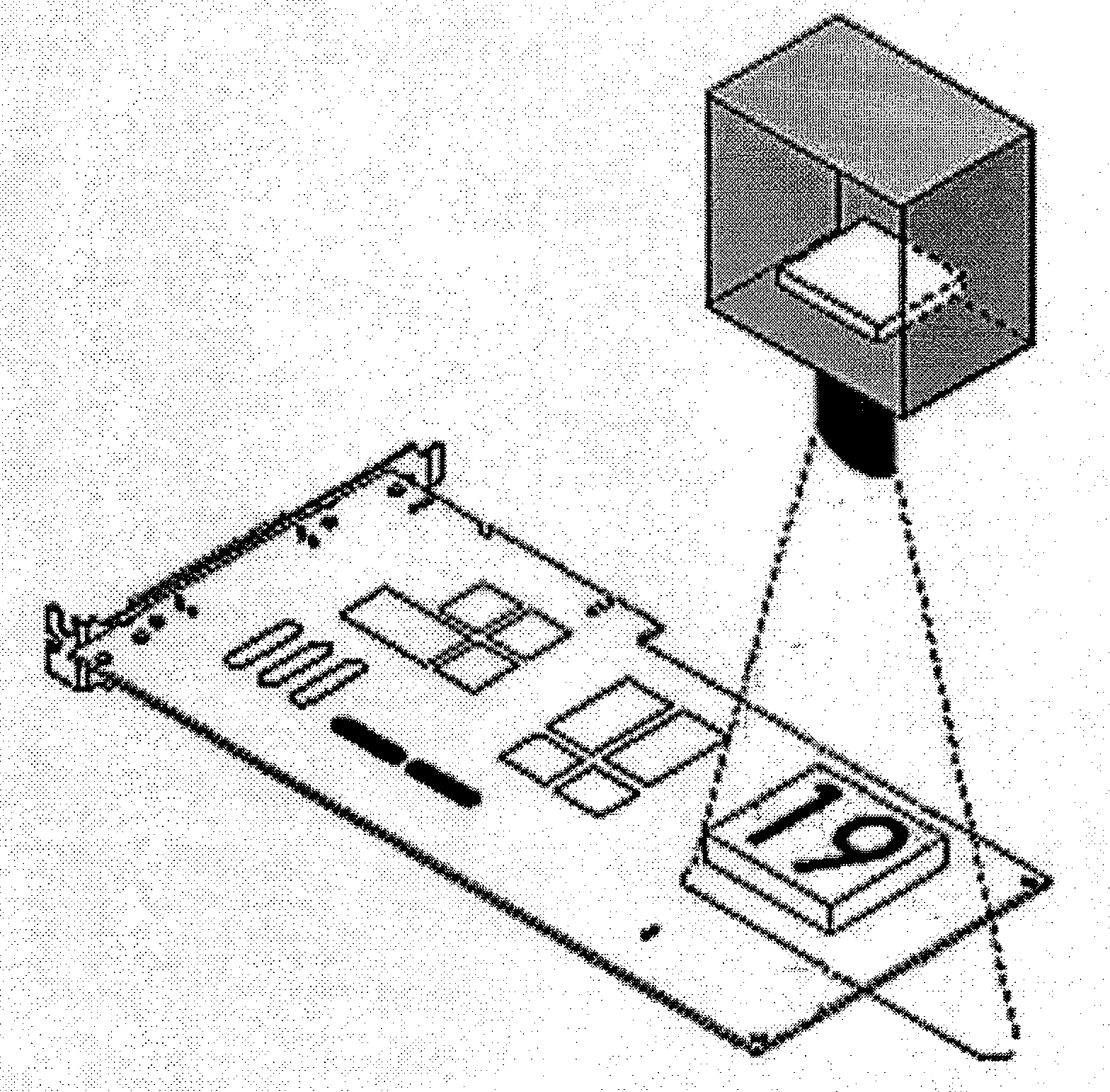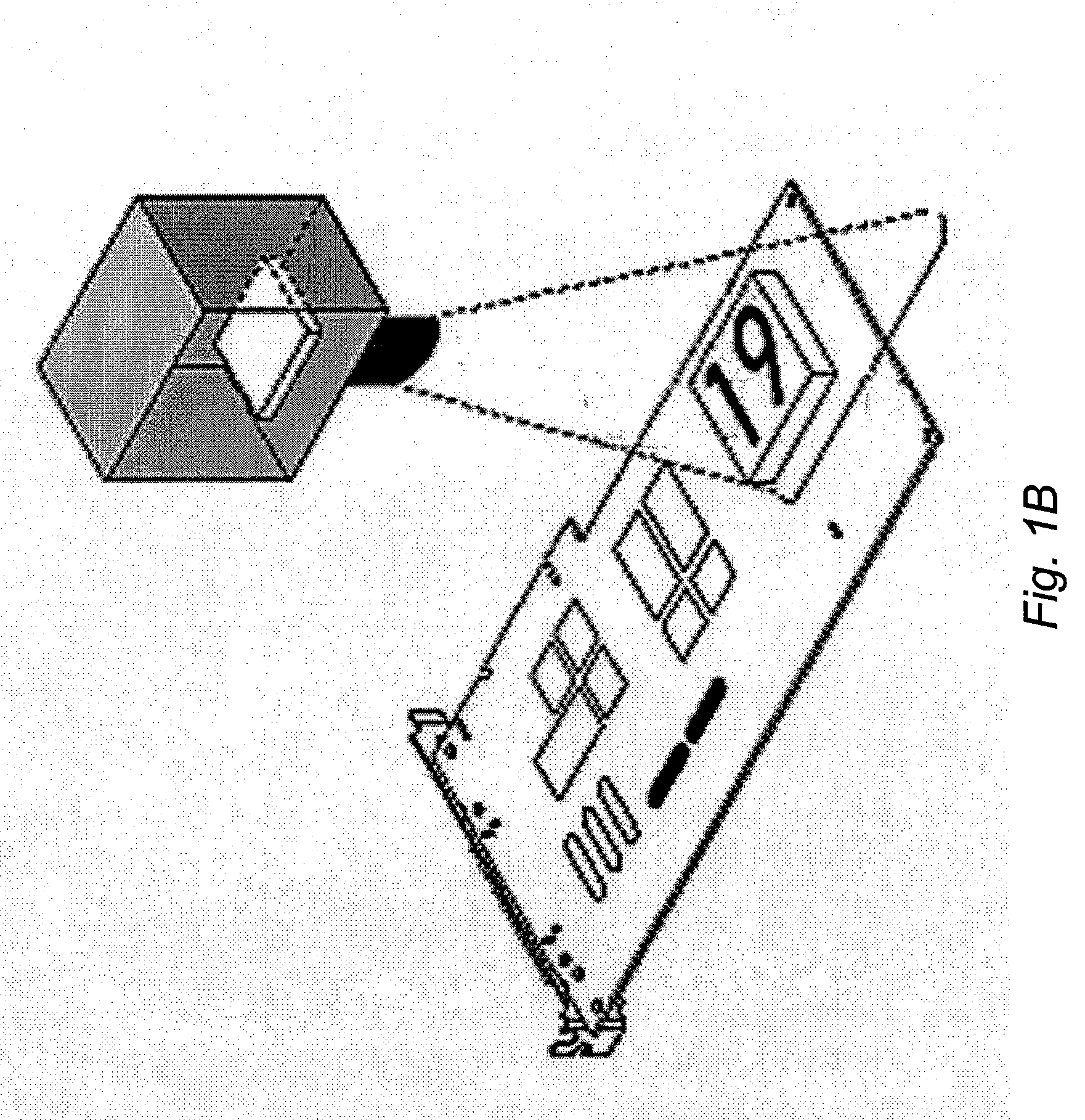Characterizing Vision Systems
- Summary
- Abstract
- Description
- Claims
- Application Information
AI Technical Summary
Benefits of technology
Problems solved by technology
Method used
Image
Examples
example case
[0143]The following presents an exemplary simple case according to one embodiment, where the above method is applied to line detection. In this example, the machine vision inspection involves the detection of the perforation line in a paper towel using an edge detection algorithm. In this particular application, the imaging assumes that the power towel under inspection can undergo some rotation; there may be some motion blur and the presence of noise in the image.
[0144]FIG. 12 illustrates an image of the paper towel, where, as indicated above, the inspection process is to determine the perforation, which in this case is a vertical line. As FIG. 12 shows, the conditions or tolerances under which this image was “taken”, or, more accurately, simulated, are + / −5 degrees rotation, motion blur of 15 pixels, and 100% noise. In other words, the condition space spans rotation from −5 degrees to +5 degrees, motion blur from 0 to 15 pixels, and noise levels from 0 to 100%. Note that in this si...
PUM
 Login to View More
Login to View More Abstract
Description
Claims
Application Information
 Login to View More
Login to View More - R&D
- Intellectual Property
- Life Sciences
- Materials
- Tech Scout
- Unparalleled Data Quality
- Higher Quality Content
- 60% Fewer Hallucinations
Browse by: Latest US Patents, China's latest patents, Technical Efficacy Thesaurus, Application Domain, Technology Topic, Popular Technical Reports.
© 2025 PatSnap. All rights reserved.Legal|Privacy policy|Modern Slavery Act Transparency Statement|Sitemap|About US| Contact US: help@patsnap.com



